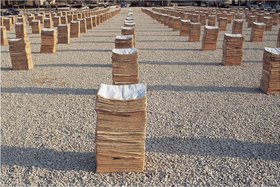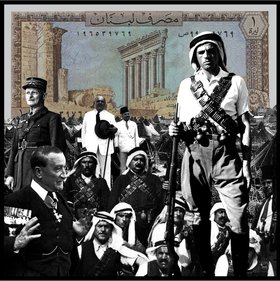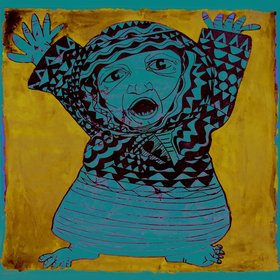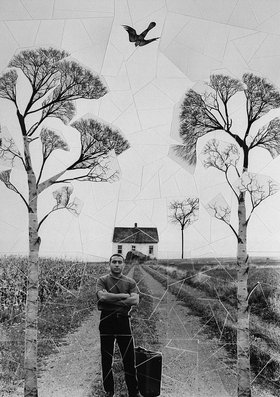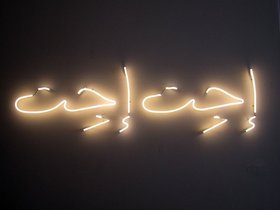Platform for discussion002
What relationship does visual culture have to the world we live in?
In the world we live in, where public spaces are meagre, artists create visual ideas where the onlooker becomes an active citizen. Installation artist Nada Sehnaoui deals with collective memory and identity, communicated in unused large public areas in Beirut, Lebanon (Fractions of Memory, Martyrs’ Square, 2003).
In a world we live in, where learning from the past matters, visual art helps us understand our history. Alfred Tarazi records the financial and human cost of the civil war in his digital collage Nation’s Inflation series.
In the world we live in, where we are increasingly desensitised by the violent scenes on TV, artists attempt to revive our affectability. In Da’raa, Jean-Marc Nahas portrays the forgotten women of the social revolutions sweeping across the Arab world.
In the world we live in, where globalization is the new world order, Camille Zakharia examines the dynamics of identity, place, and belonging. He documents the lives of the many Lebanese immigrants in his Elusive Homelands series.
And in a world of advanced technology, Ayah Bdeir's neon light Elusive Electricity is a poignant commentary on the present conditions of living in Lebanon, with its frequent and unpredictable electric power cuts. Visual art remains the most authentic way to interpret realities and convey inconvenient truths.
What is a platform?
A platform is a space for speaking in public. It is an opportunity to express ideas and thoughts. It also suggests the formal declaration of a stance or position on any given subject.
Unique to Ibraaz is a 'platform', a question put to writers, thinkers and artists about an issue relevant to the MENA region. This platform is sent to respondents both within and beyond the MENA region and contributions will be archived every 12 months.

